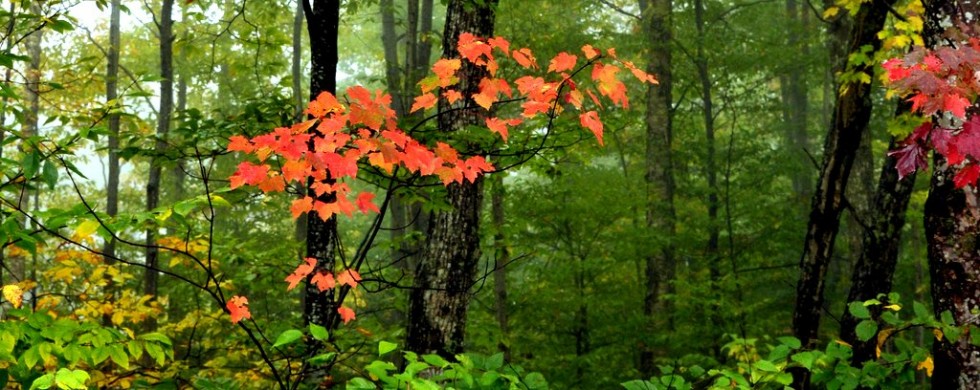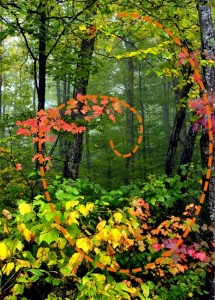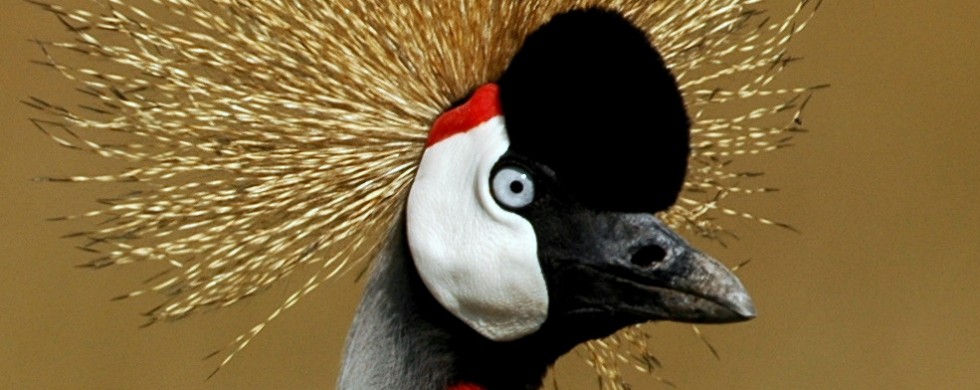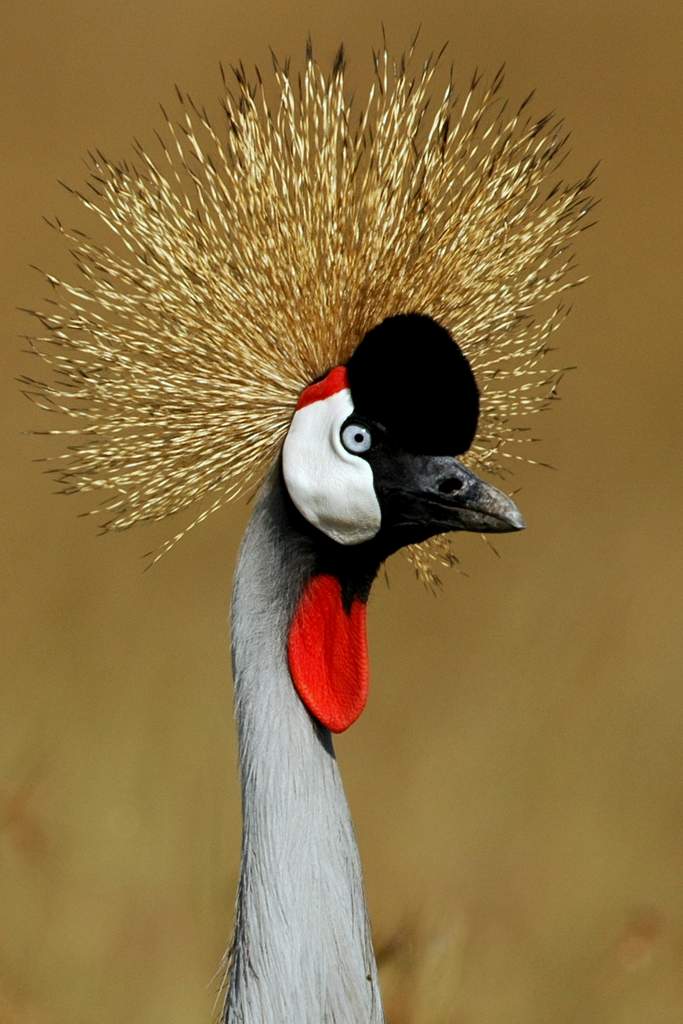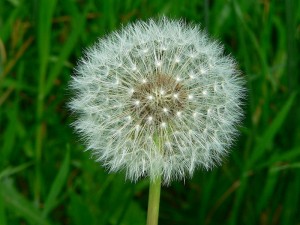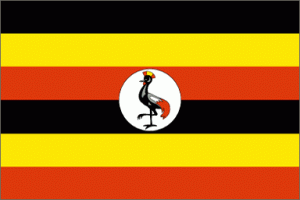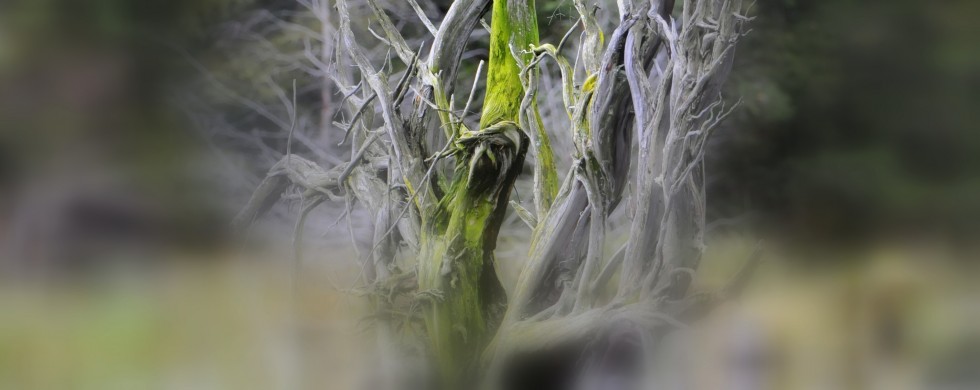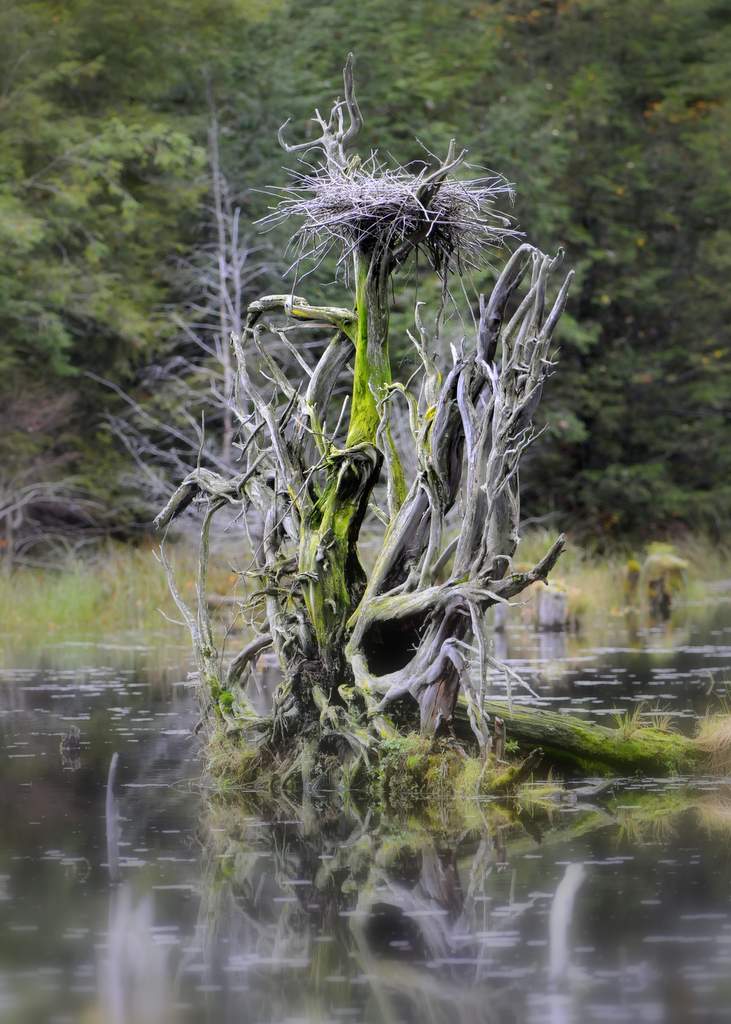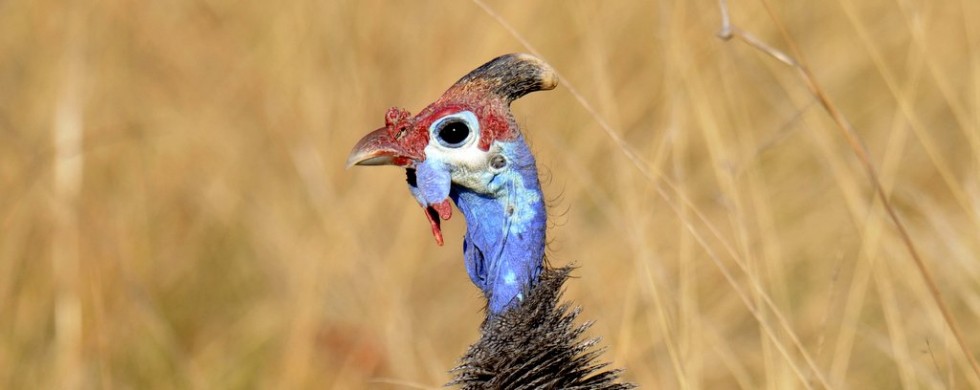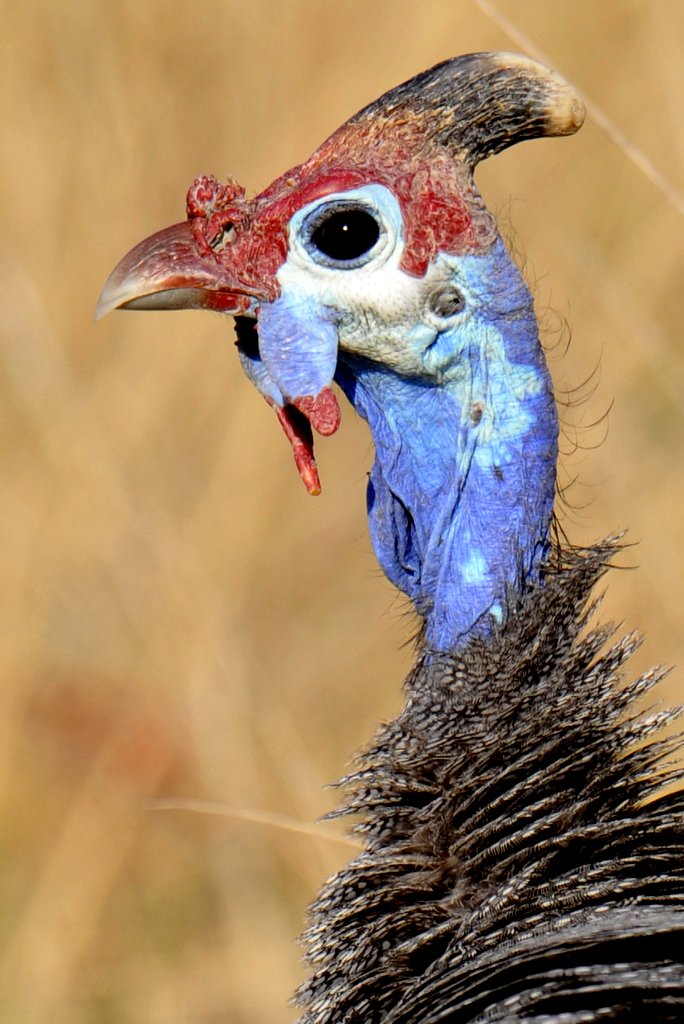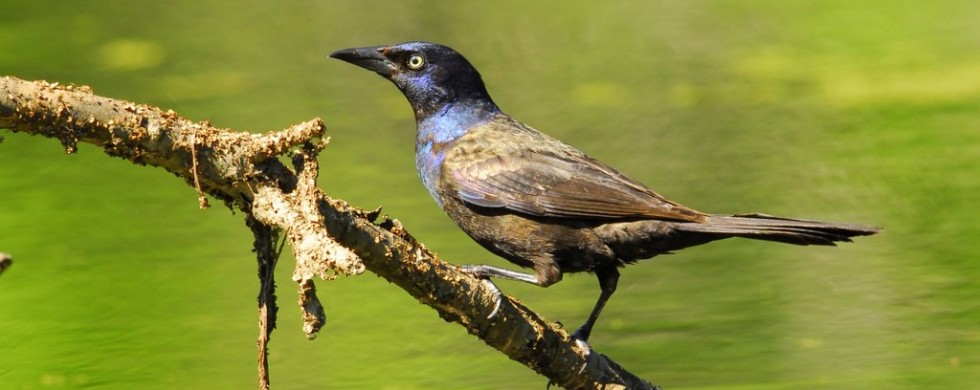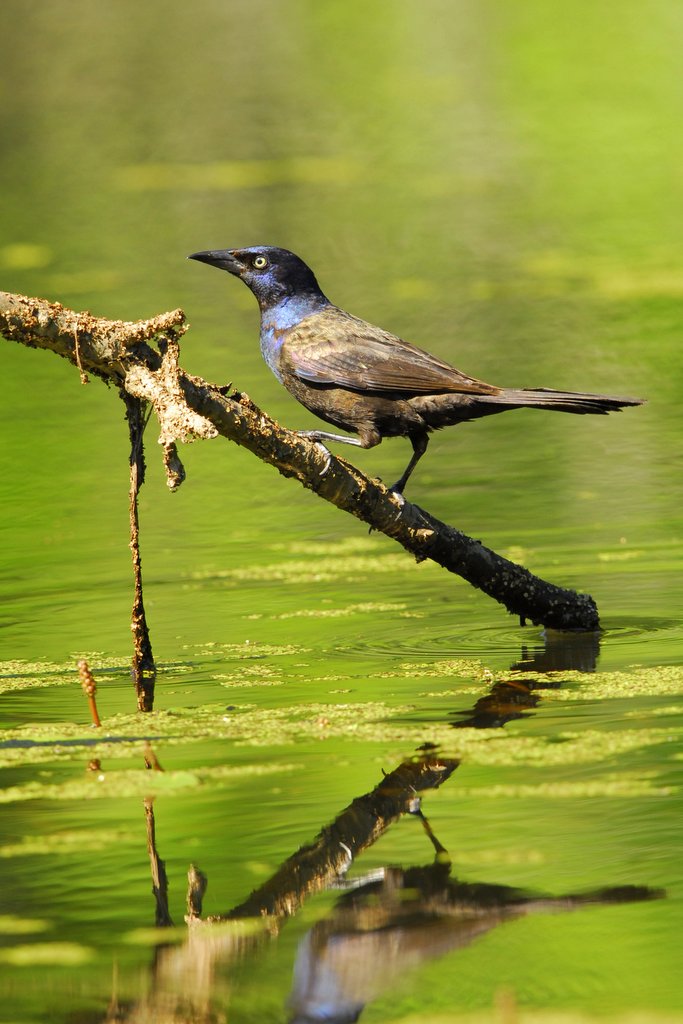30
Shot of the Month – September 2013
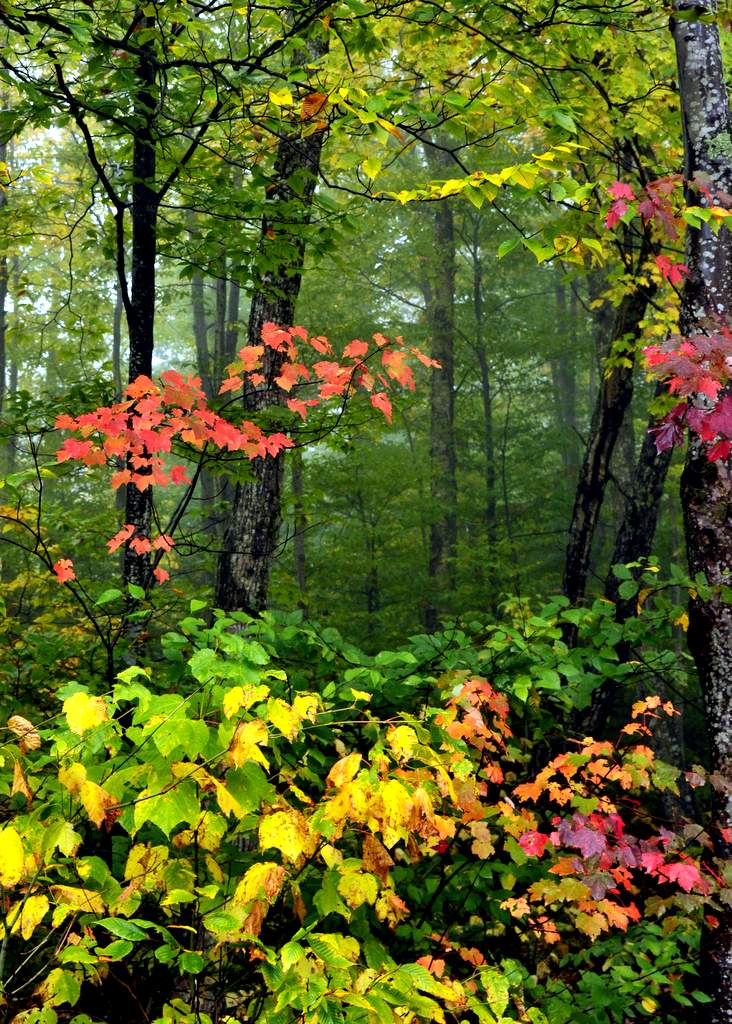 In my current state of being (geographic, not metaphysic), Vermont, September is the month when the trees explode with color. I found this scene during a short walk down the mountain road that we live on. I like how there is a spiral of color on the outside that guides you to the forest within that seems intent on resisting the change of seasons.
In my current state of being (geographic, not metaphysic), Vermont, September is the month when the trees explode with color. I found this scene during a short walk down the mountain road that we live on. I like how there is a spiral of color on the outside that guides you to the forest within that seems intent on resisting the change of seasons.
How and why do leaves change their color? I forgot long ago. As a service to all those who also forgot their 5th-grade science here is a simplified summary:
Leaves create the food trees need to survive by converting light energy into chemical energy that is used to convert water and carbon dioxide into carbohydrates (sugars). These sugars are the fuel for a plant’s growth and maintenance.
Leaves contain several pigments, chlorophyll, and carotenoids, to absorb different wavelengths of light to facilitate photosynthesis. Chlorophyll captures red and blue wavelength light but reflects green light — that is why most plants are green. Carotenoids (also found in corn, carrots, and bananas) increase the efficiency of photosynthesis by expanding the spectrum of light captured by the leaf. Carotenoids capture blue and green light and reflect back yellow and orange. Leaves always contain yellow and orange pigments but we can’t see them in the summer due to the dominance of chlorophyll.
In the fall trees begin to produce less chlorophyll as they begin to shut down food production. As the green chlorophyll fades from the leaves the carotenoids are finally revealed in all their glory.
Ok, so we have covered the different shades of yellow and orange found in the autumn palette, but what about the reds? Ahh yes, the glorious reds.
The red pigment (including pinks and purples) in leaves is produced by anthocyanins (also found in cranberries, cherries, strawberries, and plums). This pigment is not present in leaves until the fall and the production of this pigment varies greatly depending on the weather. Surprisingly (at least to me) scientists are not exactly sure of the role of anthocyanins — the leading theory is that the red pigment protects the leaves from the sun giving them extra time to transfer nutrients from the leaves into the twigs and roots before the arrival of winter.
Yellow, gold, and orange colors remain constant from year to year as carotenoids are always present in leaves and the amount does not change in response to weather. The intensity of red can vary greatly from one year to the next. The best autumn colors are produced when there is a:
- Warm, wet spring; plus
- A summer that is not too hot or dry; plus
- A fall with plenty of warm sunny days and cool nights (below 45 F but above freezing)
Who knew chemistry could be so beautiful?
Want to learn more?
Why are plants green? (a nice video)
Light absorption for photosynthesis (geeky physics with colorful graphs)

